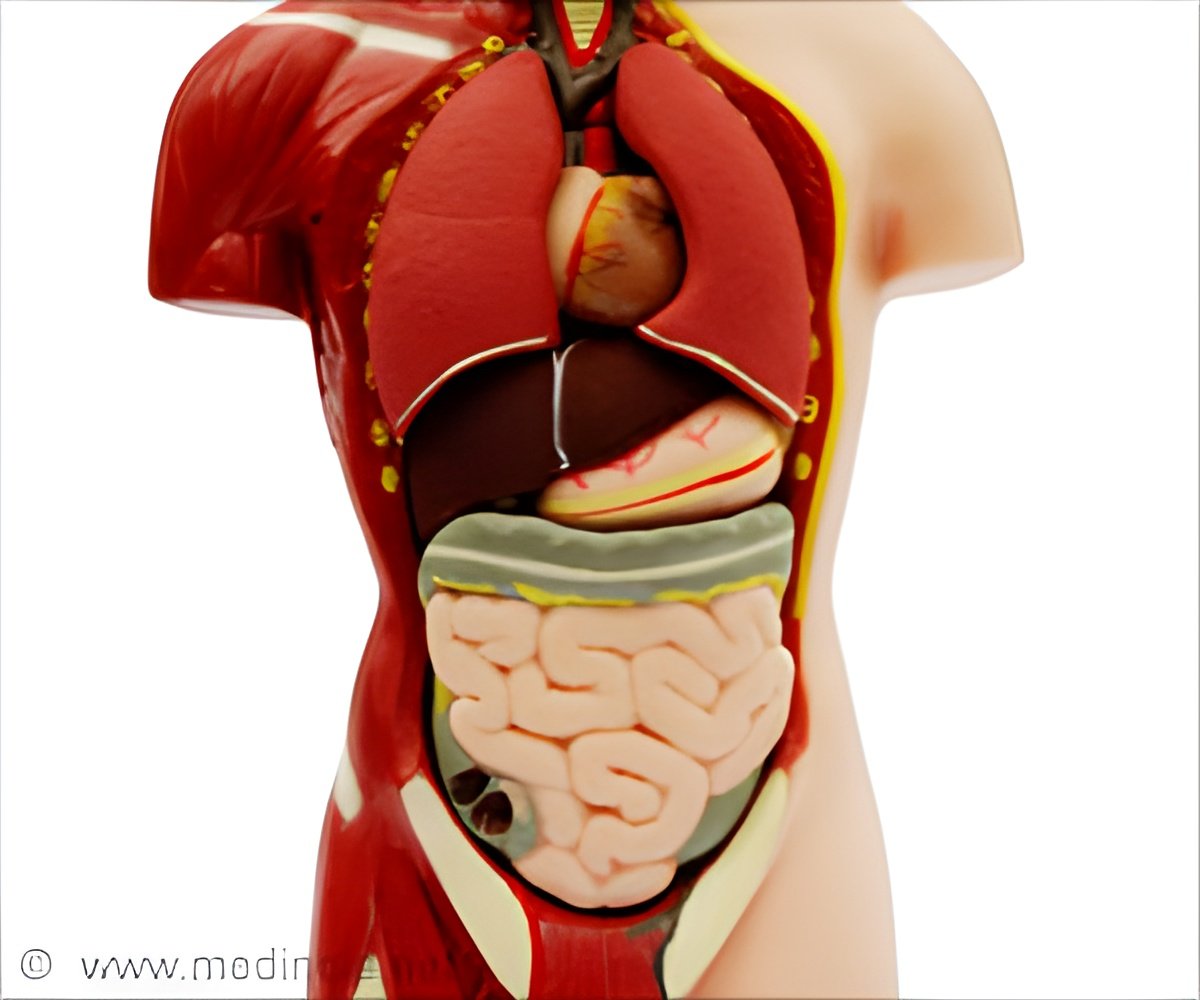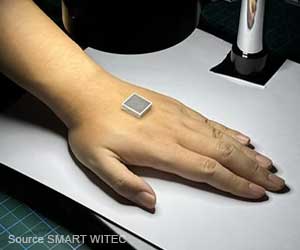Medical students at can now take advantage of the Anatomage Table that will allow them to examine human bodies and virtually dissect it.

The students can not only remove organs from the body, but they can also add organs, veins, arteries, nerves or tissue, which will allow them to study the relationship between different body parts.
“The beauty of the Anatomage Table is that you can rotate and view the body in all three planes in a unique 3D experience. Although it will never, I believe, replace the experience of dissecting and handling a real cadaver, it will allow students to handle a virtual cadaver without all the legislation that accompanies the use of a real one. So far we have received a lot of good feedback from the students and surgeons who have tested it out”, Gordon Findlater, who is the Professor of Translational Anatomy, said.
Source-Medindia
 MEDINDIA
MEDINDIA



 Email
Email



